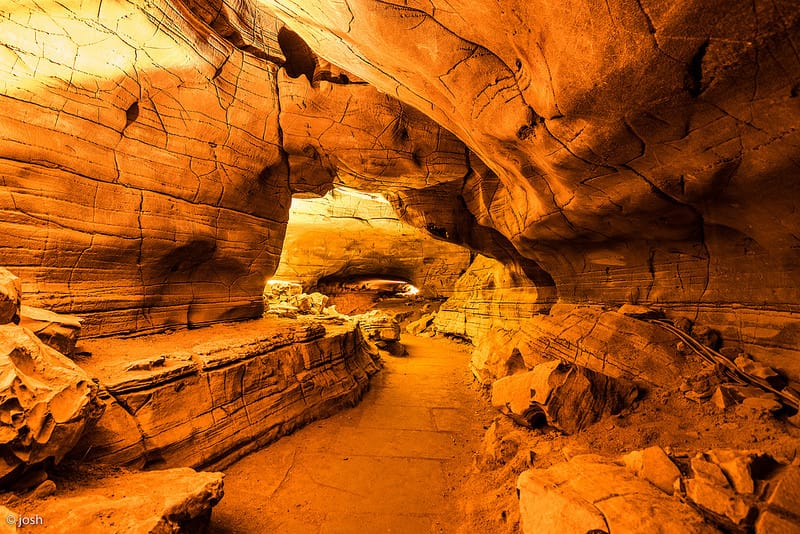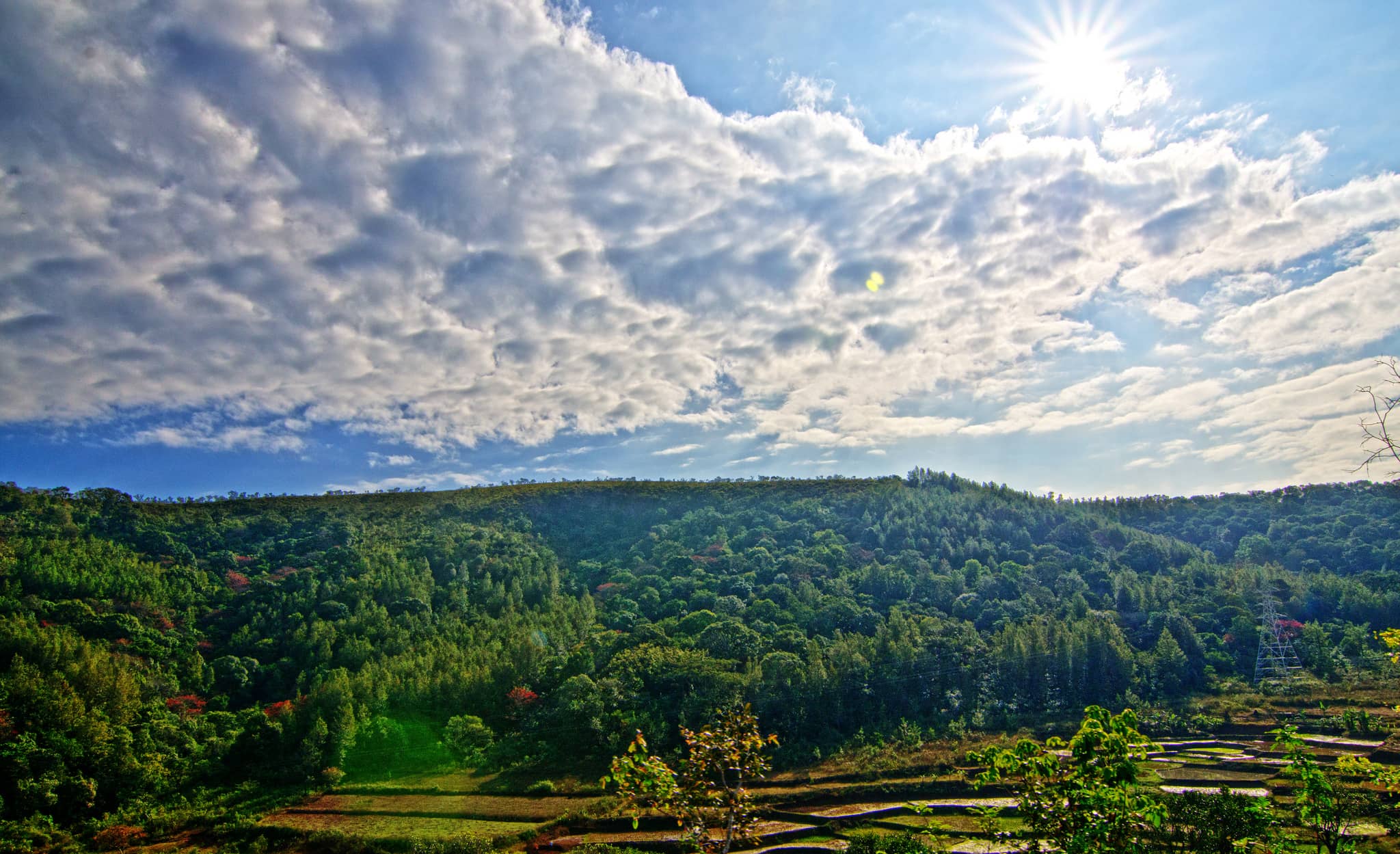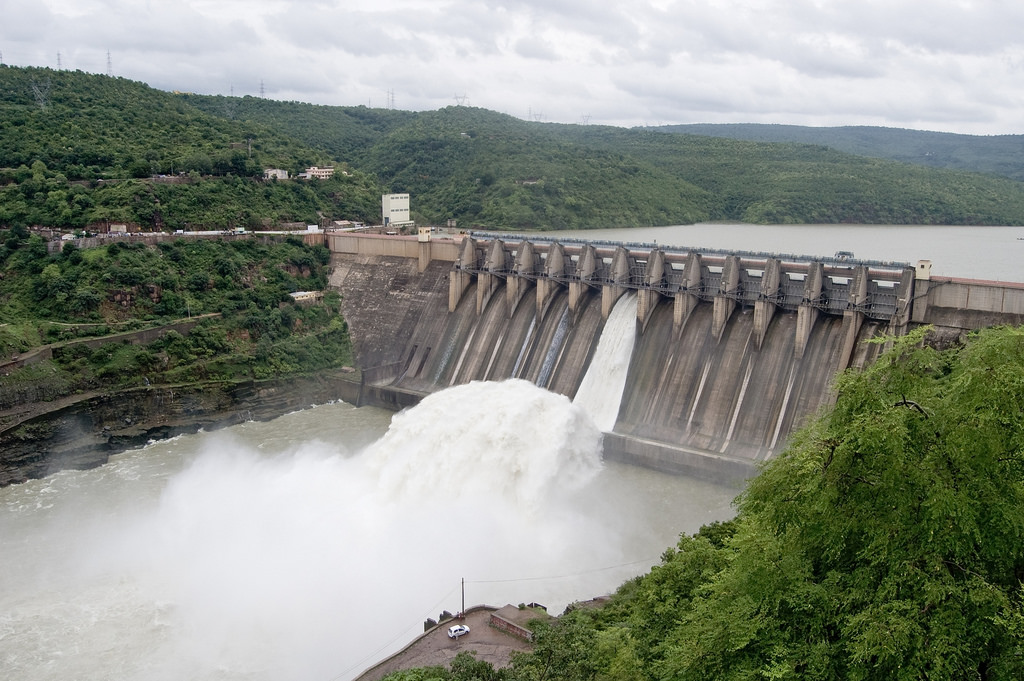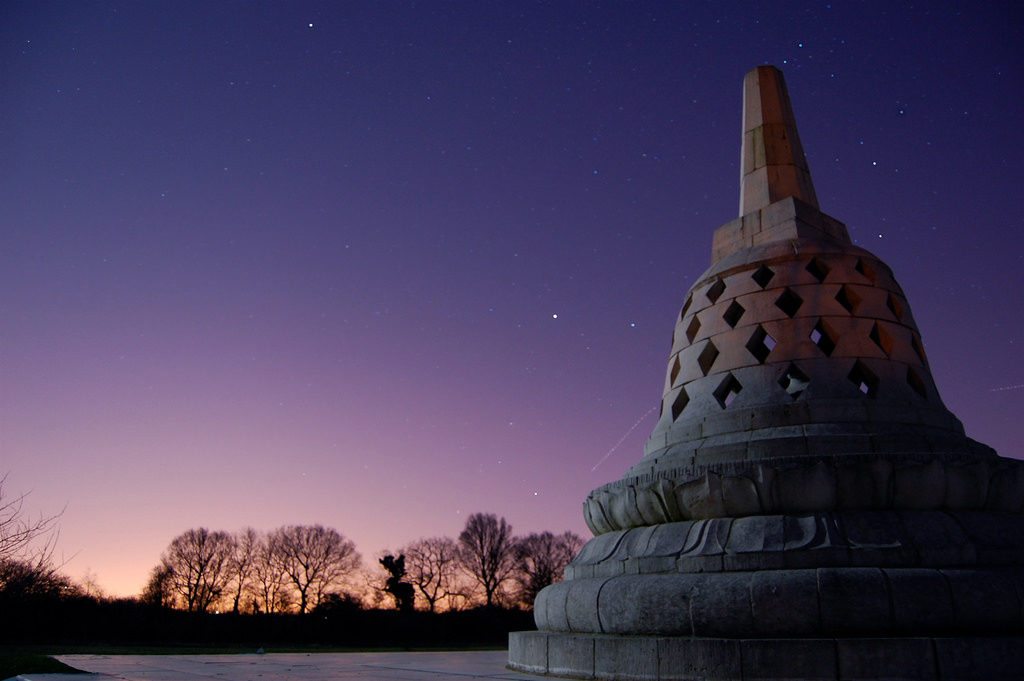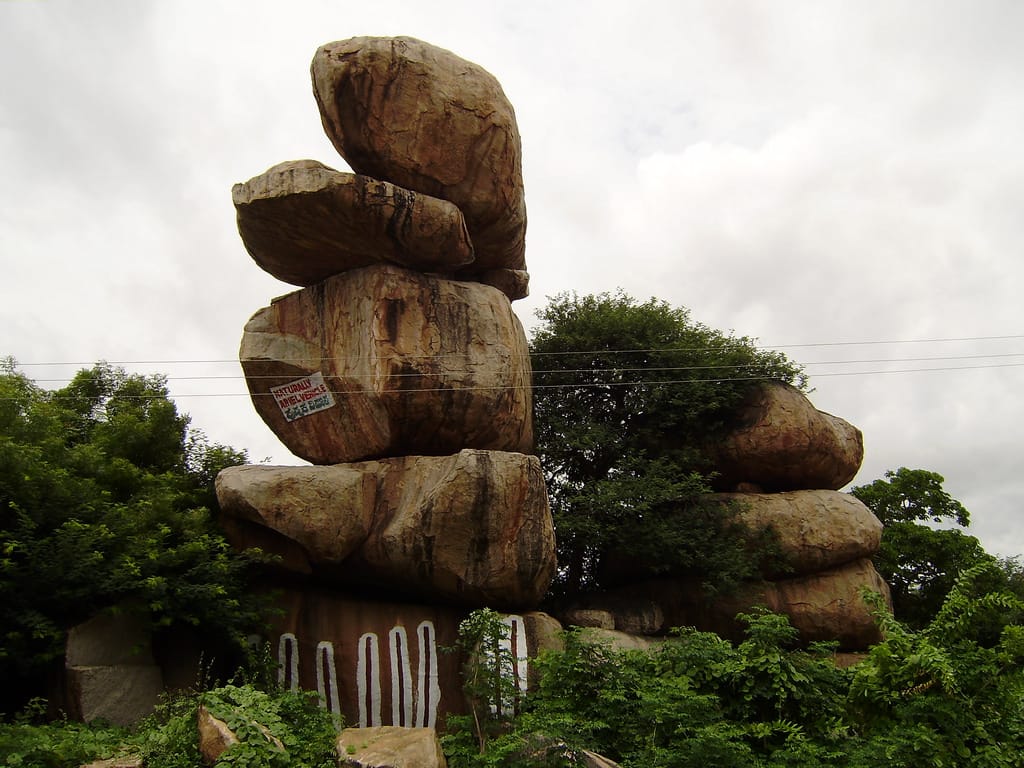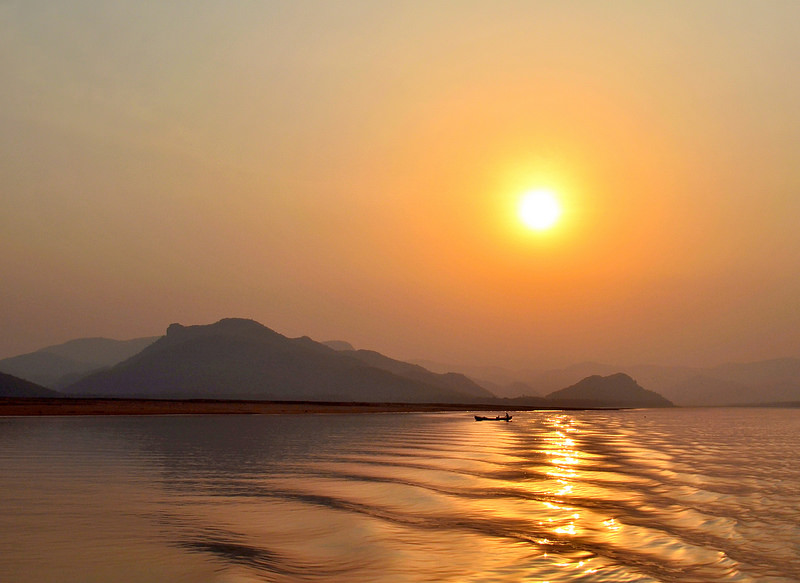Raipur, the capital city of Chhattisgarh, holds historical significance due to its rule by various dynasties over centuries. It showcases a rich cultural and architectural heritage influenced by its diverse rulers. The region is known for its fertile land, making agriculture a key activity. Raipur is popularly referred to as the “Rice Bowl of Chhattisgarh” due to its abundant paddy production.
places to visit in Raipur
Mahant Ghasidas Sangrahalaya

Mahant Ghasidas Sangrahalaya is a renowned museum in Raipur featuring exhibits of tribal artifacts, sculptures, and ancient coins.
It holds collections representing Chhattisgarh’s anthropological and natural history.
The museum was established in 1875 by Mahant Ghasidas, a ruler of Rajnandgaon.
It is an excellent place to learn about regional heritage and art forms.
Banjari Mandir
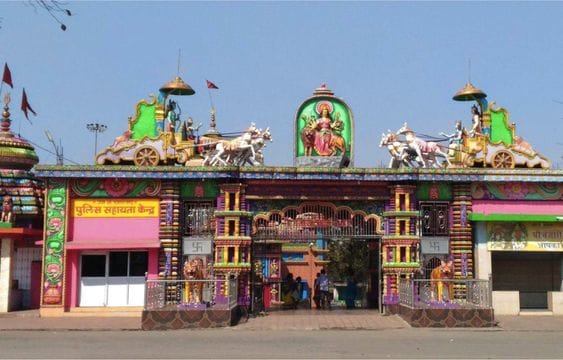
Banjari Mata Mandir is one of Raipur’s most visited temples dedicated to Goddess Banjari Mata.
It holds deep religious significance and is often crowded during festivals like Navratri.
The temple’s architecture is simple yet spiritually enriching.
Devotees believe that wishes made here with a pure heart come true.
Mahakoshal Art Gallery
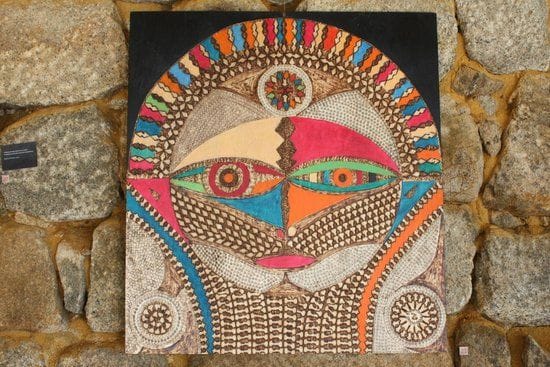
Located near the museum, Mahakoshal Art Gallery houses contemporary and traditional artworks.
It features rotating exhibitions and a sculpture garden within landscaped surroundings.
The building itself is a heritage structure, adding charm to the gallery experience.
Artists and art lovers find this space an inspiring cultural retreat.
Swami Vivekanand Sarovar (Burha Talab)
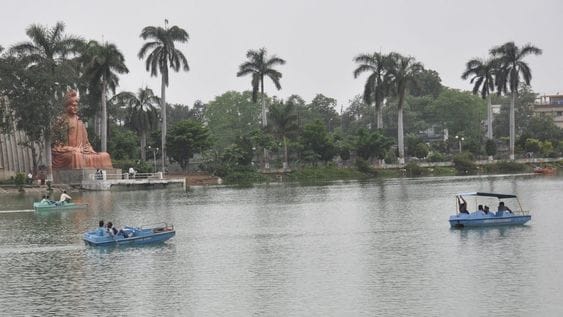
Swami Vivekanand Sarovar is a scenic lake in Raipur named after Swami Vivekanand.
He is believed to have spent time here during his visits, making the place historically significant.
At the center of the lake stands a large statue of Swamiji, surrounded by walkways.
It’s a serene destination popular for boating and evening strolls.
Marine Drive (Telibandha Lake)
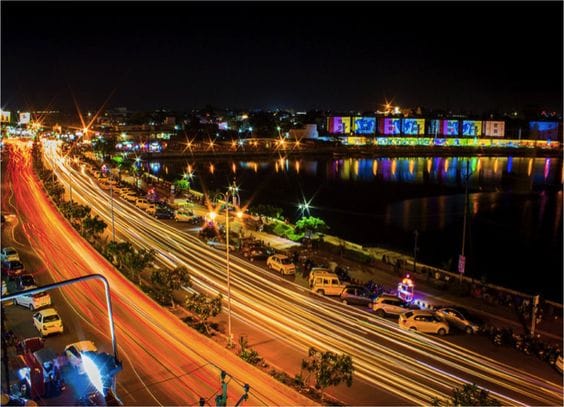
Marine Drive is a beautifully developed lakeside area around Telibandha Lake.
It is ideal for walking, jogging, and enjoying local food at nearby stalls.
The site is especially vibrant in the evening with lighting and live music.
It has become a symbol of the city’s modern, leisure-friendly identity.
Energy Park
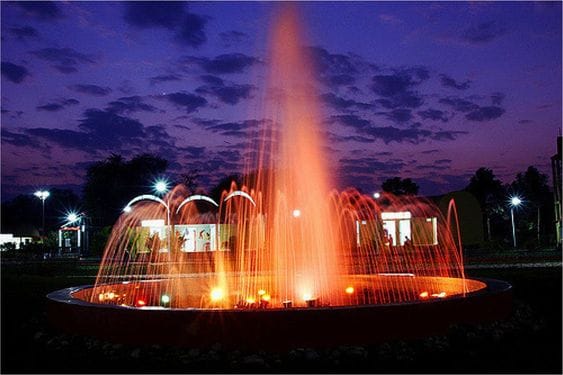
Energy Park, also known as Urja Park, is an educational and recreational space for kids and science enthusiasts.
The park features models and exhibits on renewable energy sources.
It also has boating, a musical fountain, and lush greenery for relaxation.
School trips and families frequent this park for edutainment.
Shri Ram Mandir
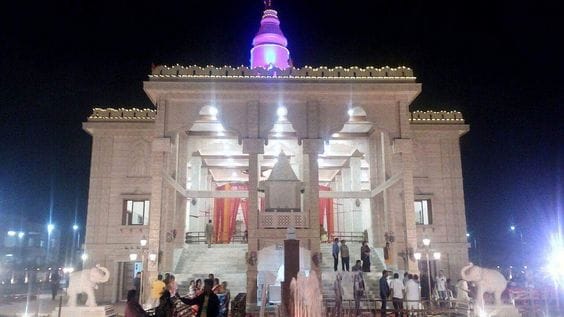
Shri Ram Mandir is a temple dedicated to Lord Vishnu, situated in the heart of Raipur.
The temple complex also houses idols of Lord Ram, Sita, Lakshman, and Hanuman.
Its tranquil atmosphere makes it a peaceful spot for prayer and meditation.
Festivals like Ram Navami are celebrated here with great fervor.
Lal Qila (Bharat Mata Chowk)
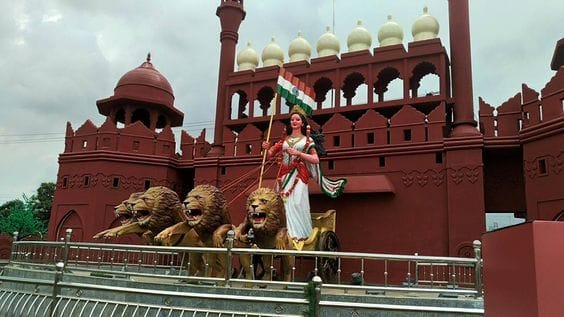
Lal Qila in Raipur is a symbolic installation popularly known as Bharat Mata Chowk.
It features a grand statue of Bharat Mata on a chariot led by lions, with the Indian flag behind.
This site is a patriotic spot and a selfie favorite among locals and tourists.
Families often visit in the evening for its ambiance and food stalls nearby.
Muktakashi Manch
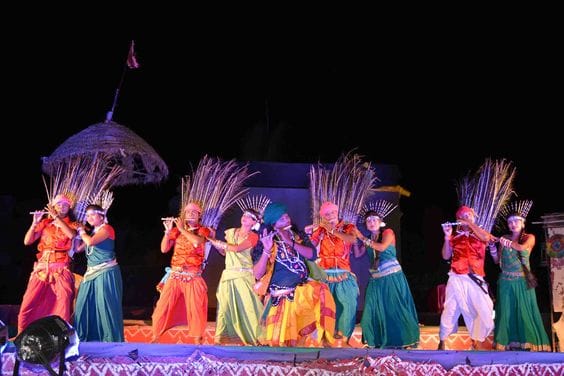
Muktakashi Manch is an open-air theatre known for hosting cultural performances.
It is a platform for showcasing tribal dances, folk music, and dramatic arts of Chhattisgarh.
Government and private groups regularly organize events here.
It is a hub for art, storytelling, and community bonding in Raipur.
Hatkeshwar Mandir
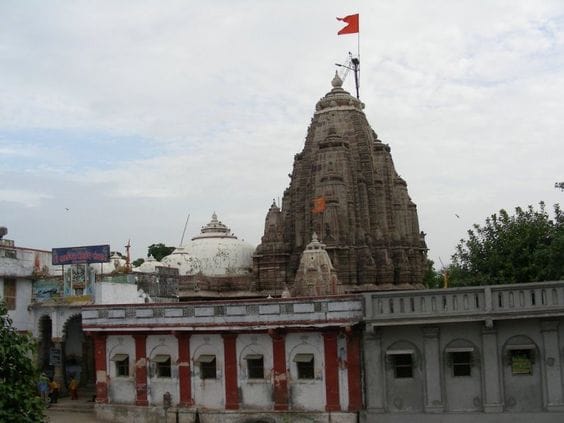
Hatkeshwar Mandir is a historic Shiva temple located by the river in Raipur.
Built in 1402, it features intricate carvings and a unique architectural style.
The temple is especially crowded during Maha Shivratri celebrations.
It is one of the oldest spiritual sites in the city, rich in mythological heritage.
Best time to visit Raipur
The best time to visit Raipur is from October to March when the weather is cool and pleasant.
This season is ideal for sightseeing and exploring cultural attractions like Mahant Ghasidas Museum and Vivekananda Sarovar.
Summers in Raipur are extremely hot, with temperatures soaring up to 42°C, making travel uncomfortable.
The monsoon months from June to September bring heavy rainfall, which can disrupt travel plans.
Winter offers the perfect climate for enjoying Raipur’s temples, lakes, and historical sites.


